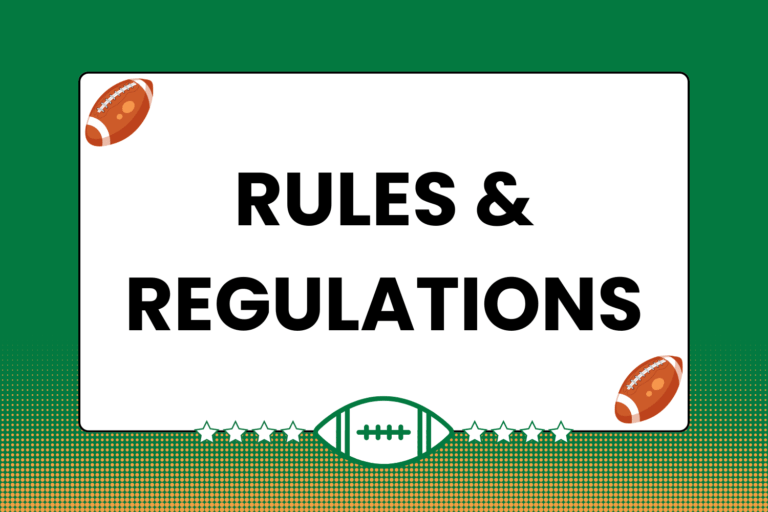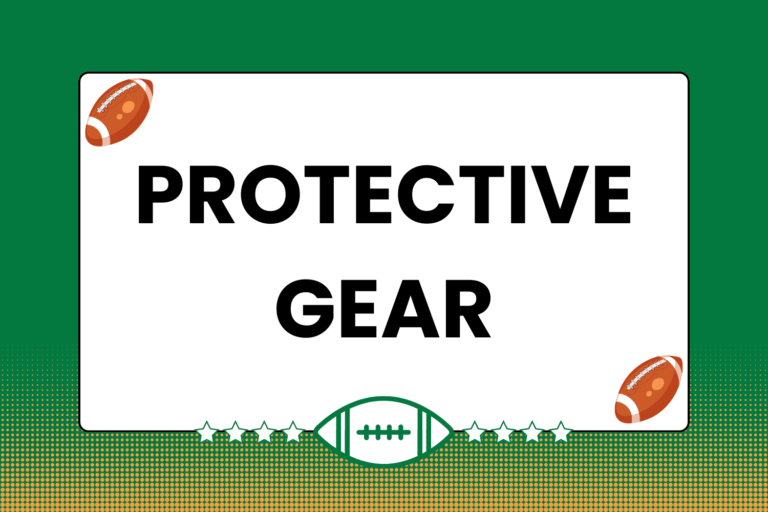For rugby players who aren’t part of an organization that pays them to compete, everyday life sometimes gets in the way of training. Maybe you have to move, your job requires you to work a different shift, or you suffer a debilitating injury. Whatever the reason, it’s an unfortunate fact that sometimes you have to take a break from the pitch for a season or two. But barring a terrible injury, hopefully you have the chance to play again.
When that chance does come around, returning to the game will be a much easier and smoother process if you’re physically prepared. Working out regularly is a good idea — both in preparing to join a club, and just to stay healthy — but there are some exercises you can do that are geared specifically towards getting into playing shape. This guide outlines exercises that keep you in game shape, and explains how they will prepare you for the upcoming season.
Getting Your Legs Back
After a lengthy period of time off, the best preparation you can make for the coming season is to get your legs “back.” This process basically boils down to reminding your legs (and the rest of your body) about what it felt like to be in rugby shape.
Getting your legs back requires focusing on three specific fitness categories: Endurance, agility, and physicality. These are not the only areas of importance in regaining your playing form, but they are the best to focus on beforehand for two reasons:
- In general, it’s easy to improve your stamina, agility, and physicality by yourself.
- Spending time on these areas before the season makes it much easier to pick up the rest of the pieces after you start training with the team.
Hopefully you’ve been able to exercise every once in a while during your hiatus — exercising a little bit is much better than doing nothing at all. If you haven’t, it will be harder to get ready for the season, but it’s still very attainable. Below is a breakdown of what you can do to focus on each of the fitness categories identified above:
Endurance & Stamina
The top priority in your pre-season training should be to build up your endurance and stamina. For our purposes, endurance and stamina refers to the ability to keep up with the running demands of a typical rugby game. There are two specific aspects of endurance you have to focus on when returning to rugby:
- You have to keep up with the pace of the game for a full 80 minutes.
- You must have enough energy to run at varying paces. For example, being able to go from a jog to a full sprint without having to lie down on the field afterwards.
Here are some running exercises that will help you in this endeavor:
- Distance runs: Just as the name implies, this means running for a long(ish) distance. The distance you start at depends on what kind of shape you’re in, but it’s a good idea to shoot for being able to run three miles comfortably by the start of the season.
- Wind sprints: These are crucial for building up your ability to both sprint and quickly regain your energy after a sprint. Varying the distance of the sprints helps you get accustomed to exactly the type of running you’ll do during a game.
Mixing the long, steady pace of a distance run with short, higher-intensity sprints builds up a significant reserve of energy and trains your body to recover from fatigue quickly. Each of these fitness elements is crucial to playing rugby, and the more you do now, the better prepared you’ll be when training starts.
Mental Edge
Remember, a rugby game is 80 minutes long. That means there’s going to be a lot of running involved, regardless of what position you play. If you’re sucking air and feeling like your lungs are on fire after only 18 minutes, you’ll have a very difficult time finishing the half, let alone an entire game. The harder you work now, the easier it will be later.
Agility
Along with the ability to run for an entire game, it’s also important to be able to move in different ways and directions. Rugby players often change directions quickly as they avoid defenders, and change speeds from a full sprint to a quick stop. Agility exercises improve your ability to run in different directions, and make it easier to incorporate other movements — like passing and catching — into the run itself. Here are a couple of agility-based training exercises:
- Alternative runs: Pick a shorter-distanced run, somewhere around 15 meters. Cover that distance using different running methods, such as the backwards run, sideways shuffle, high knees run, lunges, and drum majors.
- Training grids: These exercises require markers of some sort, which are spaced out at varying distances (usually 5-20 meters) from one another, depending on the exercise. Your goal is to quickly run back and forth between the markers. Examples include the four corners drill, the shuttle run, and the T-run, which is outlined in the picture above; click on the image to see an expanded view.
Because these exercises all include cardio-type movements, your endurance and stamina will also improve. This benefit is an added bonus, and it should not be a reason to neglect agility-based drills.
Physicality
Rugby is, to put it lightly, a high-contact game. Along with the work you’ve put in towards improving your running abilities, you also need to prepare your whole body for the hits it’s going to receive. While any sort of contact-based training activity is much easier to do with the assistance of a training partner, there are several exercises you can do that will help your body get reacclimated to the physical side of the game:
- Down-ups: Jog around a field, performing a quick down-up every 10-15 feet. Try to make it a sudden move, so you give yourself a good bump into the ground. You should still catch yourself with your hands on the way down, but don’t absorb all of the momentum with your arms.
- Diving somersaults: Take a few quick steps to build momentum, then dive forward, tuck, and roll. This exercise really improves your ability to spring up to your feet after a hit.
- Barrel rolls: Mark off a 10-meter line. Do a side-to-side shuffle back and forth along that line, performing a sideways barrel roll at the end of each line. You can go for a certain amount of time or number of repetitions.
Much like the agility exercises, these too incorporate a cardio-workout element. This is not a coincidence — the more you can run, in all sorts of styles and varieties, the better you’ll do on the field.
Preparation is Key
Rejoining the rugby community after some time off can be a very trying ordeal. It takes some time to regain your playing form. However, the more preparation you do before the season begins, the easier it is to regain that form. The exercises listed in this guide represent only a handful of the many choices you have. The important aspect isn’t so much which exercises you choose, but rather that you’re doing them at all.





